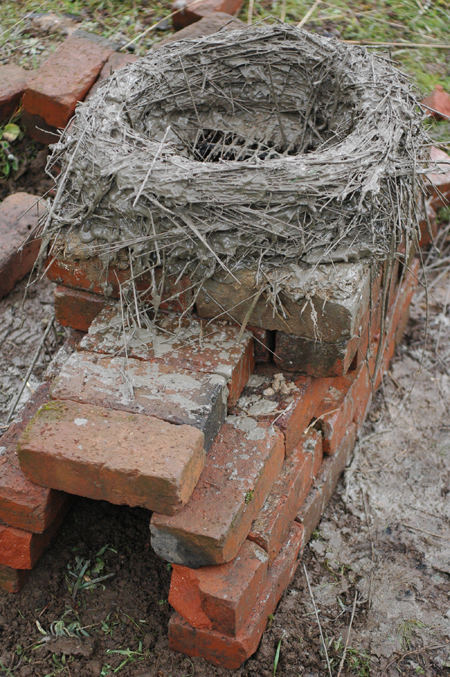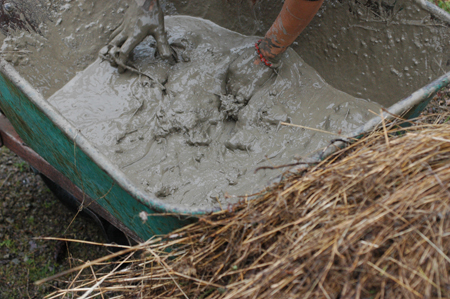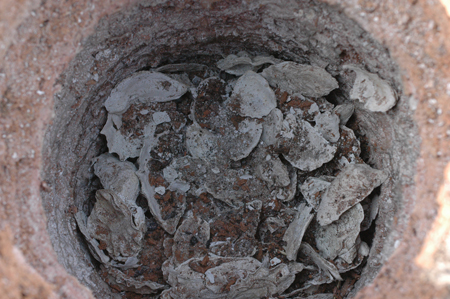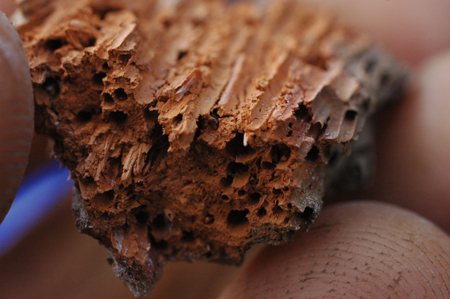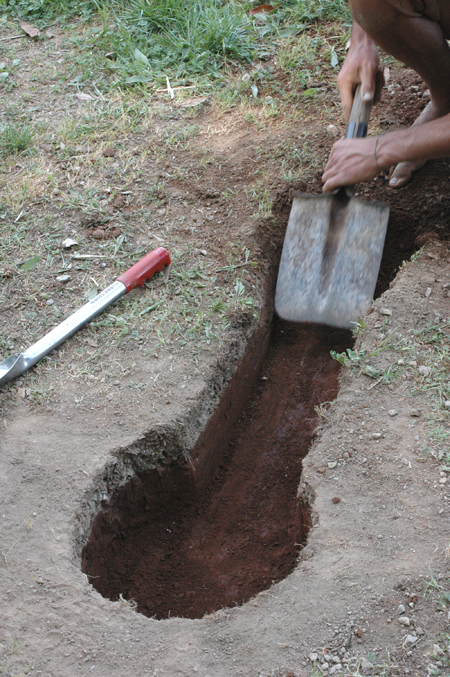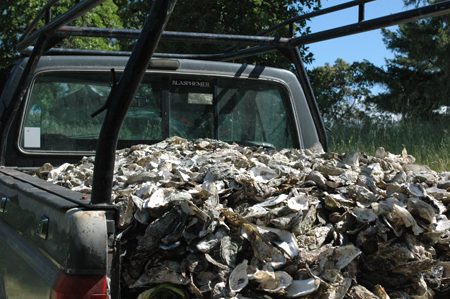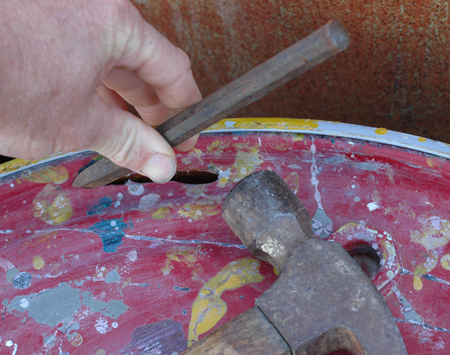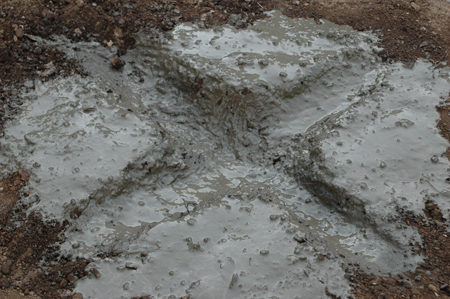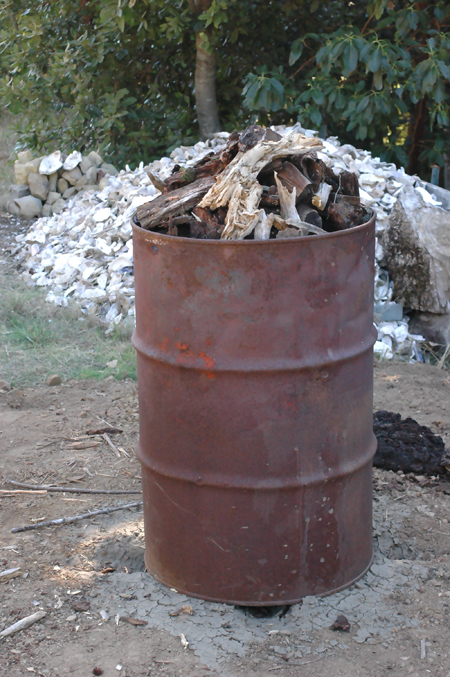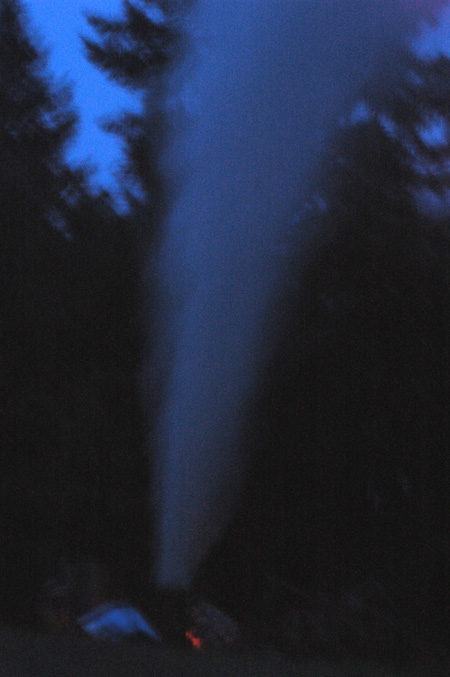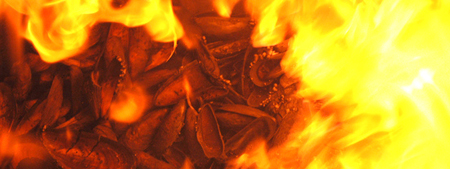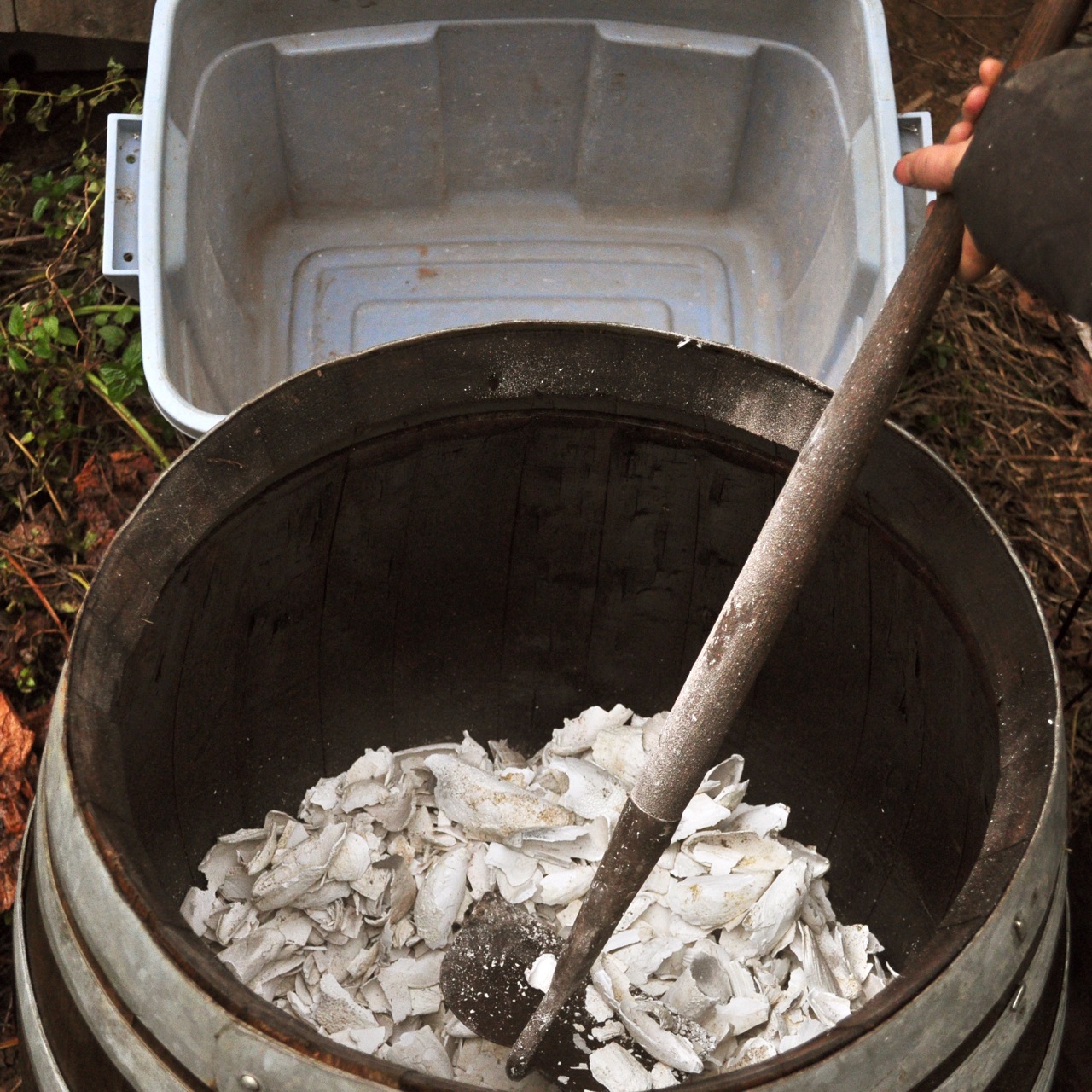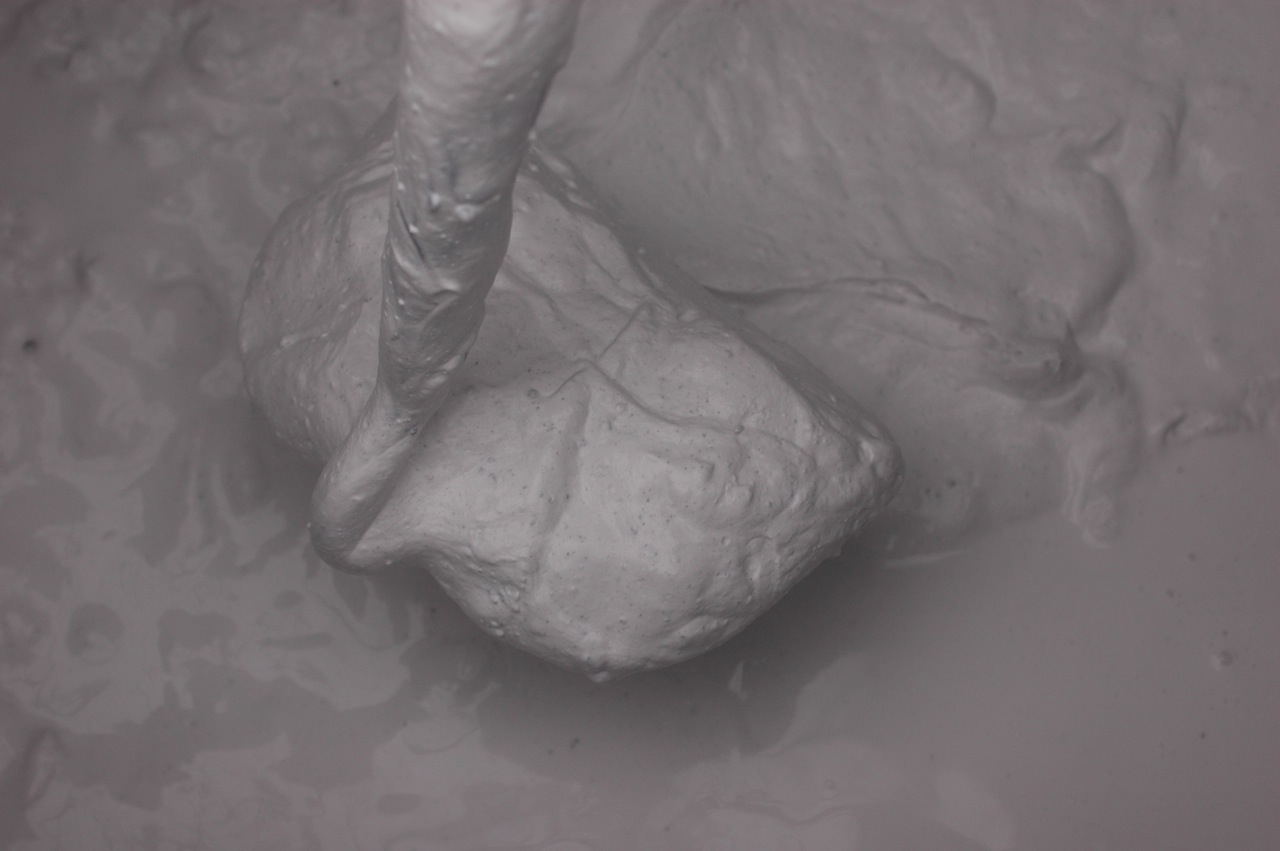Tomorrow/Today is my birthday. As I sit here at 11:58 pm, sipping tequila out of a bottle, trying to trap a loud and pesky mouse that is rolling bay nuts around the trailer and finishing up posting this project so I can move on to the next one, I want nothing more than to top the 1000 mark on my YouTube subscriptions today. I have 959 subscribers, so only 41 to go! If you can share this video somewhere that you think people will truly enjoy it and help me top 1000 subs by the end of the day, I will be just really happy about that. Small victories you know.
I have two bottles of champagne. One for reaching 1000 subs and another one for my first really mean and stupid YouTube comment! YouTube comments are notoriously retarded. Other YouTubers do entire episodes devoted to the stupid comments that they get, yet I have none! I feel left out! Clearly I need more exposure :)
This project was so fun : I love burning lime, and now I'm thinking about how cool it would be to build something larger using a method similar to the straw kilns I show in these videos. Something like this ancient style of coiled straw/clay Mexican granary that was the indirect inspiration for my kiln design, via friend and natural builder Michael Smith who saw these in Mexico and then innovated a straw/clay wattle wall system.
Super neat Mexican granary design utilizing straw and clay in a coiled pot type of form. This would almost surely use much more clay than I'm using. I'm intrigued though by the idea of using a mix more similar to the pet to build something larger, like a pigeon cote, a smoker, or maybe a bedroom...
I made two videos. One is the short accessible version and the other is longer and more detailed. It also introduces two of the new series or categories I've been dreaming up which are intended to make content more navigable and allow people to find the content they want to see more easily.
The Buildzerker! series houses the short version. It is a series for shorter general interest versions of projects I do. For every person out there who is ready to know how to burn and slake lime in some detail, there must be hundreds that just think it's interesting to watch, or who might be influenced in some positive way simply by seeing it happen. Buildzerker! is a way to entertain people, while planting seeds that may someday grow. When anyone is ready, the long version is there. I'm very happy with this effort. It is fast paced, visually interesting and even beautiful, while covering a subject that is truly interesting. I tried as hard as I could to make it worth 7 minutes of almost any persons life.
BuildCult is for more detailed how to versions of projects intended to transmit more knowledge. This one is also fast paced, but packs a ton of information into 20 minutes, while still having all of the visual interest of the simple version.
I like both of them, and am really looking forward to making more. I feel like I'm doing what I should be doing, and that's always good. I hope you have a great day.



